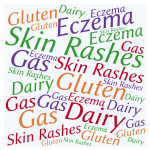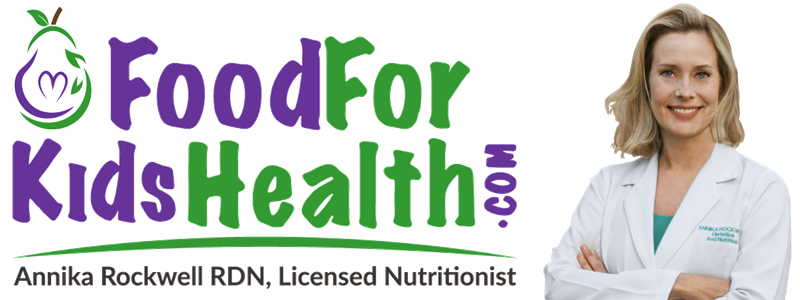 Q: I am breastfeeding and my baby has had many issues such as rashes and gas, bad gas. We figured out the rashes were a gluten sensitivity in my breast milk because when I gave up gluten and the rashes went away.
Q: I am breastfeeding and my baby has had many issues such as rashes and gas, bad gas. We figured out the rashes were a gluten sensitivity in my breast milk because when I gave up gluten and the rashes went away.
I am currently avoiding all dairy to see if that solves the gas problem (which the gas has gotten better after a week of no dairy). I consume both raw milk and raw cheese, but I also eat pasteurized yogurt and cheese as well.
My question is this – Is it really possible for a newborn to be allergic to raw milk products through breast milk? My midwife is saying yes due to the lactose which is present in all dairy.
A: Yes for sure, removing dairy (and gluten) is key in helping prevent your baby’s gas and skin rashes. I recommend you continue to remove it from your diet for at least 2-6 weeks and confirm it’s helping her gas. But there IS hope for consuming dairy again… read below.
I had the same issues as you with my baby! The dairy in my diet passed through my breastmilk and was causing Kira terrible gas and skin rashes. After suffering through a couple months without dairy, I discovered that goat cheese and goat milk were just fine and caused her to have no negative reaction after drinking my breastmilk. I was thrilled!
Is it the Lactose in cow dairy causing the allergy?
No, it’s NOT the lactose in the milk causing the issue. Most people believe any problems with dairy are due to lactose, when in reality, it’s the A1 beta casein and your inability to digest it properly (its hard to digest!) and results in skin rashes and gas, among other symptoms.
Why are there so many dairy allergies these days?
Over the last 100 years, our breed of cows in the US have slowly changed from A2 to an inferior A1 breed which produces a type of dairy which causes inflammation and is much more difficult to digest. 90% of the cows in the US are this inferior genetic breed called A1 – and they contain A1 Beta Casein in the protein. In addition, these A1 cows are fed grains (often Genetically Modified grains- GMO), causing additional intestinal problems.
In Europe, most the cows are Heirloom cows – A2 breed – which have A2 Beta Casein in the protein – much easier to digest, and they have much fewer issues with dairy over there. Goat, sheep, and buffalo milk and cheese contains the easier to digest A2 beta casein – so that’s why it’s less likely to cause gas and/or skin rashes.
Where can you get dairy from grassfed A2 cows?
Some grocery stores and health food stores have started selling “A2 Milk”. But it’s ultra-pasturized which is not ideal. You want to obtain raw milk and raw cheese if possible since raw dairy contains all of its enzymes and immunoglobulins for nourishing the immune system.
There are small farms around the country who have special A2 cows and/or sheep milk, goat milk, camel milk, and buffalo milk which are all A2 milk. You can find farms that sell (and ship) these great raw grassfed milks at www.RealMilk.com. Another resource is FindRealFoodapp.com and search the site for camel milk, sheep milk, or buffalo milk. The app will help you find locations near you or locations who will ship to you.
One of my favorite places to get amazing quality food is Miller’s Organic Farm (a hard working Amish farm). I’ve been ordering from them to feed my family since 2007. They ship to your door and have co-ops all over the country.
You could also try RAW cultured dairy. Examples of cultured dairy include: homemade yogurt or kefir. I buy mine from an Amish farm or make it myself. But, do NOT buy pasteurized kefir or yogurt from the store. It’s NOT the same and it’s very hard to digest, so your baby will most likely react to your breastmilk.
If you choose to make your own yogurt or kefir, the milk you use to make it should ideally be RAW and from grassfed cows, or it will not have any of its enzymes and beneficial bacteria, thus much harder to digest, and more likely to cause your baby gas.


